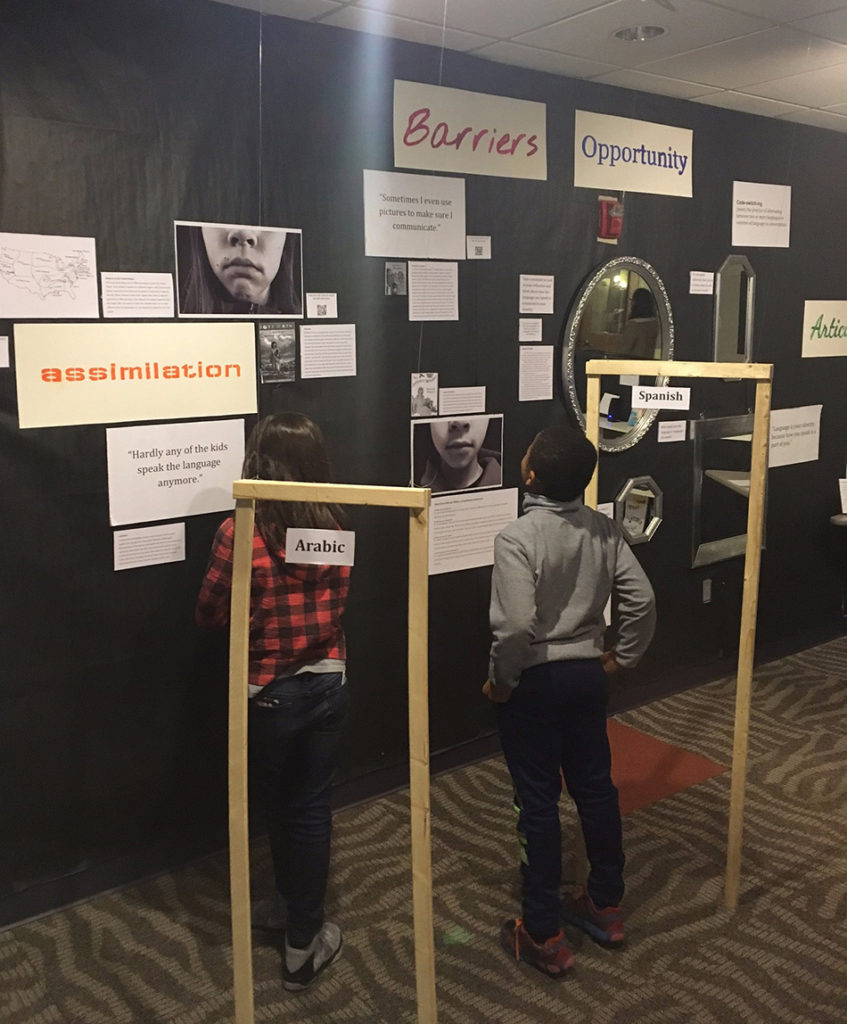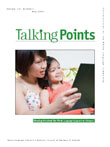This blog post is an excerpt from the article “Creating Space for Making Sense of the World” by Lisa Koester, Layne Thompson, Gage Dodson in the May 2018 issue of Talking Points.
As teachers, we recognize that we don’t have all the answers, especially when it comes to our students’ questions about race, politics, and religion. We constantly ask ourselves:
- Did I get too political?
- Did I shy away from a teachable moment?
- Is this topic even age appropriate?
- Is what I’m saying true, or am I projecting my own bias on my students?
We are fifth-grade teachers in a diverse elementary school located in the inner suburbs of St. Louis. We noticed that our students needed a safe place to raise questions, share feelings, and search for truth regarding difficult topics.
Do we avoid uncomfortable conversations that might lead us to an unfamiliar place? Or, do we charge ahead, being responsive, empathetic educators, openly showing our vulnerability and admitting that for many of us as adults, talking about these issues can be scary?
To answer this question, we did what we always do as teachers: read journals, researched unfamiliar concepts, attended lectures, collected articles, and immersed ourselves in new territory.
Getting Started
How do we help kids process the feelings that political turmoil in our country brings into our classrooms?
To begin, we slowed down, listened, and were responsive. We noticed that our students were concerned with headlines about restricting travel from and to countries of predominantly Muslim faith. We intentionally worked within the structures in place in our classrooms such as read-alouds, literature circles, class meetings, and project-based learning. We started with a shared reading of a local news article about Syrian refugees adapting to the poor living conditions and systemic oppression in St. Louis. We helped students navigate their concerns. This sometimes left us with an uneasy feeling, as investigating and discussing a topic is not always predictable.
Crucial to our exploration of these difficult concepts was the classroom climate that already existed. Our classrooms are shaped by the following:
- Safe Spaces: We build and nurture a culture of acceptance through shared literature and community-building experiences.
- Ongoing Inquiry: Throughout the year, students apply inquiry skills to examine issues of power in history and today.
- Valuing the Arts: We have learned from Daniel H. Pink’s book, A Whole New Mind (2006), that artistry and design can take on many forms. Our school values the arts and students as artists.

In addition, our school is designed around the metaphor of “School as Museum.” Twice each year, students work by grade level to create exhibits from their most important learning to share with the community. In recent years, students have created an entire town to display the relevance of fractions in our daily lives, designed an outdoor market to celebrate different cultures and perspectives, and created a backyard aquaponics system to demonstrate ways to combat food deserts in St. Louis.
Emerging Themes
To build background knowledge, we studied the history of immigration and refugee policy in the United States. We wanted students to use information and historical context to form or revise their own opinions about current headlines.
Through our study, students noticed a common theme: language seemed to be at the core of gaining power or losing it.
Sarah (all student names are pseudonyms) noted that without fluently speaking the language of power, “you have a hard time getting a job, a home, and getting food.”
Acknowledging the importance of cultural preservation for refugees, she added, “I’m wondering if the people who make you change who you are need to see what it feels like to be in the others’ shoes.”
Students’ sense of empathy, compassion, and social responsibility grew as they explored critical issues related to language and power.
Read the full description of this lesson in “Creating Space for Making Sense of the World.”
Not a subscriber to Talking Points? Click here to subscribe now!


